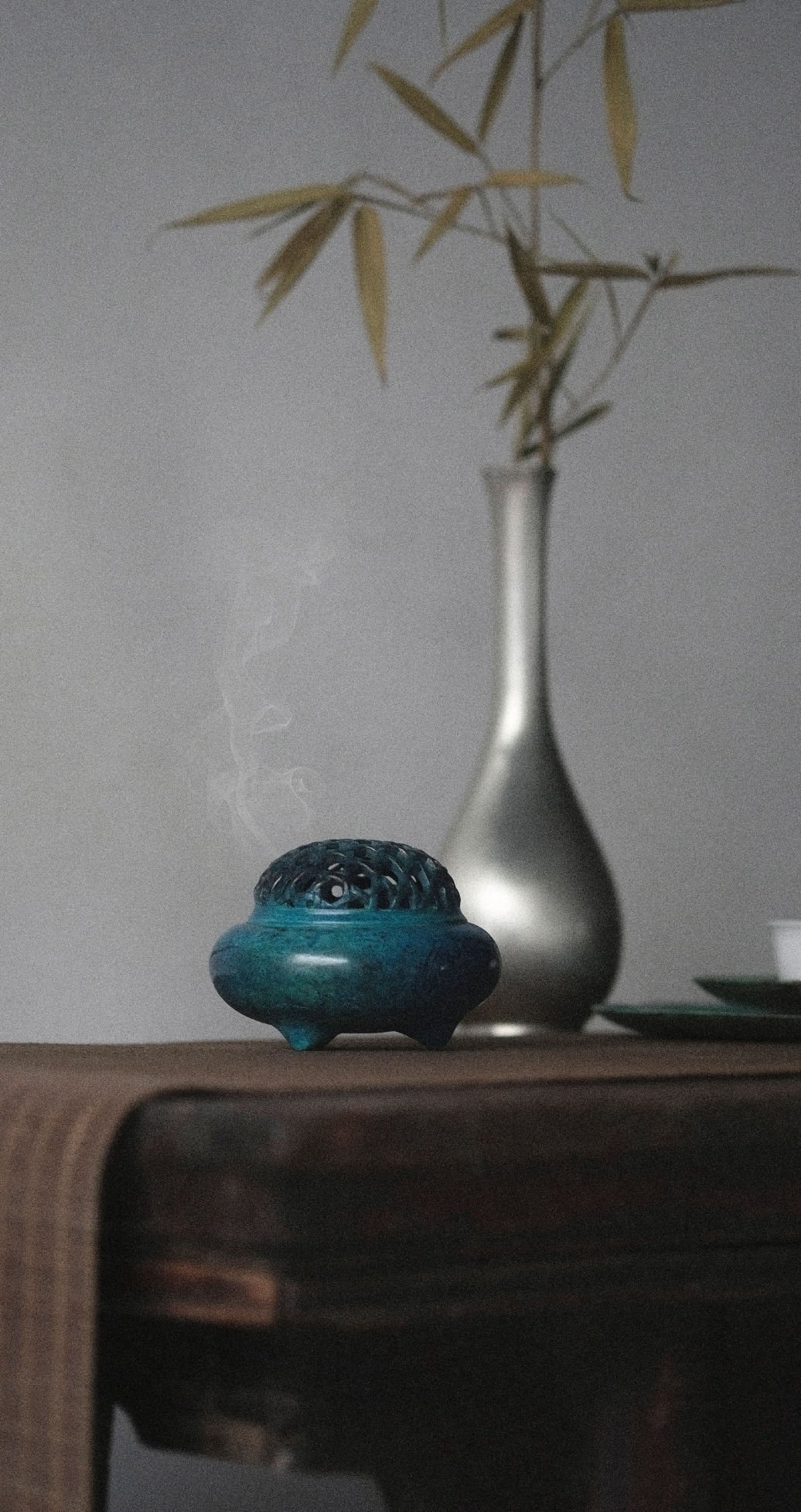Copyright © 2001 Gray Seal
While the streets of your neighborhood start to fill with kids extorting people for candy (Trick or Treat!) there are many of us who tend to look forward to a less secular evening later on. Samhain is the Sabbat when the veil between the worlds is at its thinnest, and the spirits of our ancestors (and others) can come through. We honor our ancestors and make them welcome in various ways, including burning incense.
Incense is commonly thought of as a stick or cone that is burned to add a fragrance to the air or to mask other smells. Fewer people are aware of resin incense that is placed on burning charcoal, even though that is the type that many churches use in their censers. And homemade incense is rarely known outside the groups that use incense as a tool to help increase the power of spells and prayers.
Making incense is relatively simple – just take some herbs, spices and other aromatics, crush or grind them and mix them together. You can leave the mixture fairly coarse, like a store-bought potpourri, or grind it into a powdery form depending on your preference. Place the mixture on a source of heat, and when it starts to smolder, your homemade incense will fill the room with the fragrance you made.
As easy as it is to make incense, there are certain herbs, oils and spices that are used for certain rituals and spells. Mixing the different ingredients in different proportions will yield different results, so there are a lot of recipes that can be used for similar effects.
Frankincense and Myrrh are two well know herbs that are used for promoting and enhancing protection and spirituality. They can be used alone or in combination with other herbs for different reasons. Add Rosemary, Juniper and Cedar and you have Samhain Incense. Using Bay Leaf, Mint, Thyme and Cypress and Camphor oils with your Frankincense and Myrrh produces Hecate or Triple Goddess incense (recipes come from "Wicca Craft: The Modern Witch's Book of Herbs, Magick, and Dreams" by Gerina Dunwich).
Making your own incense is not only easy, it allows you to make what you want and add only the ingredients you desire to have. The only thing you need is some guidance on what the various herbs and oils are used for and you can go from there. Just as there is no “correct” recipe for brownies, the variations that you find in the recipes for incense are more a personal preference than a choice between correct and incorrect ingredients.
Once you have some books like Scott Cunningham's The Complete Book of Incense, Oils and Brews or Wicca Craft by Gerina Dunwich, you are well on your way towards making your own incense for whatever you need, be it everyday use or special Sabbats. You may never go back to store bought incense again!
Here is two Samhain Incense blends that you can make easily. Add your ingredients to your mixing bowl one at a time. Measure carefully, and if the leaves or other items need to be crushed, use your mortar and pestle to do so. As you blend the herbs together, state your intent. You may find it helpful to charge your incense with an incantation.


